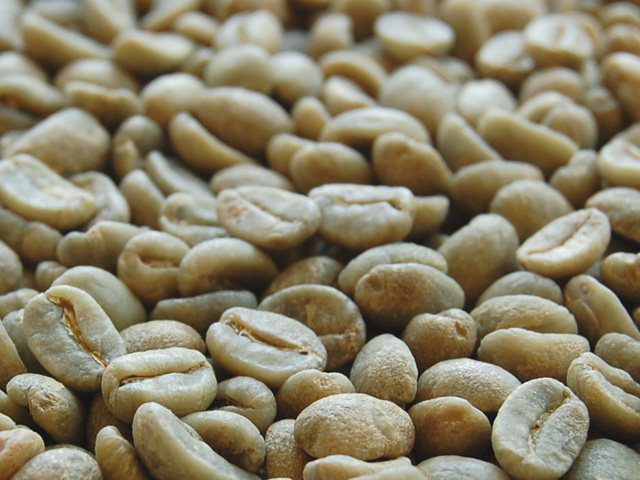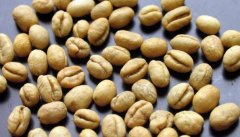Know Coffee Raw beans

From the "fruit" state of coffee beans when the tree is picked to the state of making "raw beans" that can be baked, the moisture content will be controlled between 9% and 13%, and it is not easy to bake if the water content is too high or too low. Generally, we get the newly harvested raw beans with a moisture content of 11.5%-12.5%, half-washed Mantenin may reach 13%, half-washed Brazil 11%-12%, and sun-exposed mochas range from about 9% to 12%. From the beginning of polishing, the moisture content of raw beans will decrease with the passage of time.
Roasted fresh coffee beans generally have to be dehydrated a little longer, but you can also take a rough look at the shape of the beans: those with thick beans, such as Kenya and Mantenin, have to extend by 30 seconds to about 1 minute; those with thin beans, such as Yega, Brazil, and so on, do not have to extend too much deliberately. There are two main aspects to judge whether the raw beans are fresh or not: appearance: whether the color is bright green and shiny. Most raw beans treated with water will be emerald green as long as they are fresh.
Coffee raw bean smell: generally, if not water-washed beans, such as dry mocha, semi-washed Mantenin and so on, it may be difficult to tell how long the beans have been kept by their appearance, but the smell absorbed by raw beans provides a very obvious clue. When fresh, the smell of washed raw beans is fresh grass, while that of dried mocha beans is fermented with ripe fruit, and the smell of semi-washed Mantenin is less obvious. but do not have a stinky, like stinky tofu and other long-lasting bad wet rot smell.
Fresh coffee, raw beans, full of vitality. Semi-fresh raw beans, with a little bit of stability in the vitality. Eight months later, the raw beans lost their vitality. Raw beans for more than a year are old and boring. However, the above comments are only applicable to general coffee beans in the general preservation state, not suitable for specially treated beans and special preservation environment, such as low cause treatment, aging, wind stain treatment and so on. That's another area of appreciation.
Important Notice :
前街咖啡 FrontStreet Coffee has moved to new addredd:
FrontStreet Coffee Address: 315,Donghua East Road,GuangZhou
Tel:020 38364473
- Prev

Coffee beans in a coffee cup
I am a coffee bean, not a coffee bean, because I am now in a dark airtight bottle, mixed with countless similar granular coffee beans, do not know where I am, let alone where he is. Before turning into powder, I was a beautiful coffee bean, growing on Cuban coffee trees, endless grasslands, high and low shrubs.
- Next

Tanzania PB coffee raw beans / Peaberry beans
Most of the Tanzanian beans are grown in the mountains of Mr. Kilimanjaro and Mt near the northern Kenyan border. The Meru area, often called "Clemangaro", is occasionally named after the distribution center Moshi or Arusha.
Related
- Guji coffee producing area of Guji, Ethiopia: Humbela, Shakiso, Wulaga
- What is the most expensive variety of Qiloso in BOP multi-variety group?
- How to store the coffee beans bought home?
- Why are Yemeni coffee beans so rare now?
- Ethiopian Sidamo all Red Fruit Sun Sun Santa Vini Coffee beans
- SOE is mostly sour? What does it mean? Is it a single bean? what's the difference between it and Italian blending?
- Is Italian coffee beans suitable for making hand-brewed coffee?
- How to choose coffee beans when making cold coffee? What kind of coffee beans are suitable for making cold coffee?
- Just entered the pit to make coffee, what kind of coffee beans should be chosen?
- Can only Japan buy real Blue Mountain Coffee? What are authentic Jamaican Blue Mountain coffee beans?

